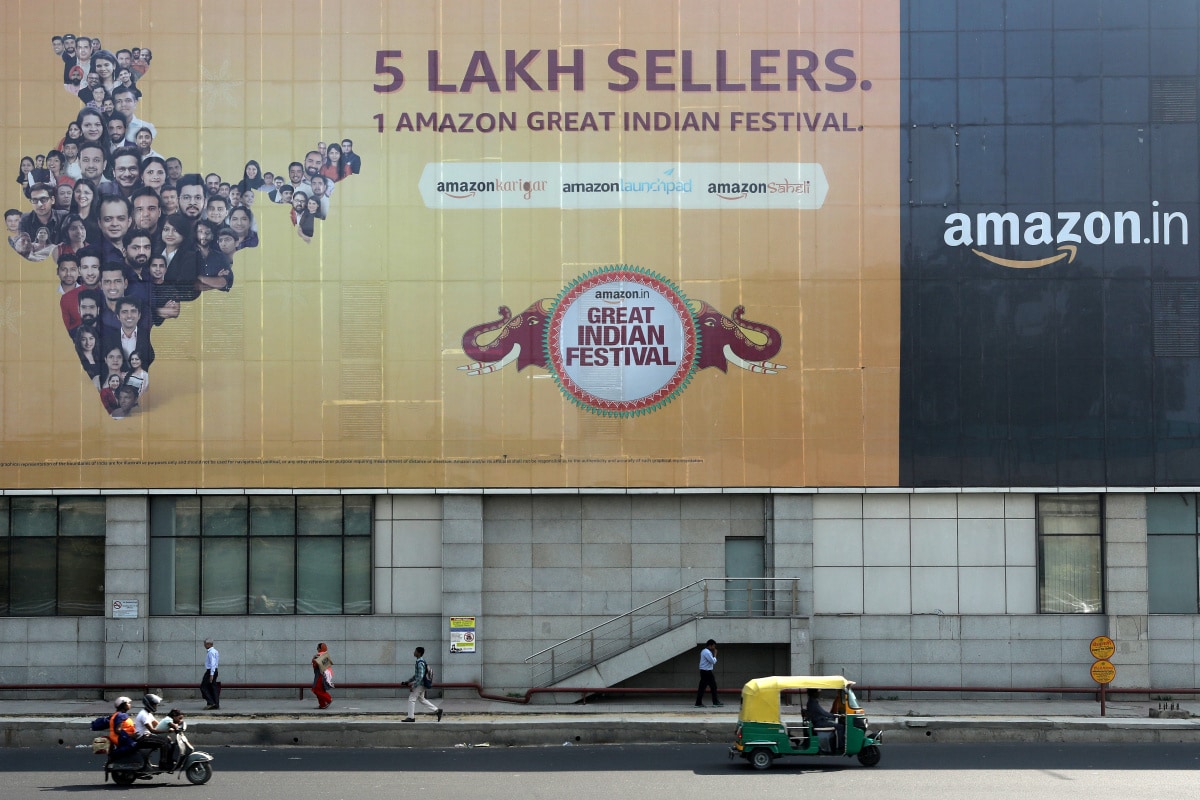Xiaomi is overhauling its India technique after misjudging client tastes in cellphones, a pricey lapse that has allowed Samsung Electronics to pip the Chinese language firm to the highest spot on this planet’s second largest marketplace for the gadgets.
Whereas Xiaomi remained centered on promoting cellphones beneath Rs. 10,000, Indian customers had been prepared to pay up for higher wanting fashions with richer options. South Korea’s Samsung launched merchandise to satisfy these aspirations and provided progressive financing schemes that made them reasonably priced to most.
These strikes have helped Samsung wrest management of India’s aggressive cellphones market from Xiaomi, with information from Hong Kong-based Counterpoint Analysis exhibiting it had a 20 % market share for the final quarter of 2022 in comparison with the Chinese language firm’s 18 %.
“The Indian market is witnessing a ‘premiumisation’ development. (However) Xiaomi has been caught underprepared for the shift with a price range phones-heavy portfolio,” mentioned Tarun Pathak, a analysis director at Counterpoint.
The loosening of Xiaomi’s vice-like grip on the 626 million Indian smartphone customers – the second largest after China – exhibits how firms that fail to cater to altering client preferences in a fast-growing economic system with rising disposable incomes are being punished.
Most famously in India, Tata Motors’ Rs. 100,000 Nano, billed because the world’s least expensive automobile, was shunned by customers who related the low price ticket with inferior high quality.
Indians’ push for costlier cellphones to eat movies and different content material can even profit social media app suppliers similar to Meta, and iPhone maker Apple, which thus far has a tiny market share within the nation as a consequence of its sole deal with high-end telephones, priced from $605 (roughly Rs. 50,000) to as excessive as $2,304 (roughly Rs. 1,90,500), based on its web site.
In accordance with Counterpoint, the market share of the sub-$120 (roughly Rs. 10,000) telephones in India fell to 26 % in 2022 from 41 % two years in the past. And premium telephones – priced above Rs. 30,000 – noticed their share double to 11 % in the identical interval.
Xiaomi and Samsung each rely India as a key development market, with smartphones their high promoting digital system. The Chinese language firm recorded whole income of $4.8 billion (roughly Rs. 39,700 crore) in 2021-22 in India, whereas Samsung registered $10.3 billion (roughly Rs. 85,230 crore) in gross sales, of which $6.7 billion (roughly Rs. 55,440 crore) got here from smartphones.
Xiaomi, although, is already going through warmth in India as a result of departures of no less than 5 senior executives, and elevated authorities scrutiny amid frosty relations with neighbouring China. The corporate has $674 million (roughly Rs. 5,580 crore) of its funds frozen by the nation’s monetary crime company for alleged unlawful remittances to overseas entities, which Xiaomi denies.
A Reuters verify on product listings on Xiaomi’s web site confirmed the mismatch between client wants and the merchandise the corporate has been providing. Xiaomi confirmed six smartphones priced above $360 (roughly Rs. 30,000), in contrast with Samsung’s 16. Underneath $120, Samsung had seven fashions, whereas Xiaomi listed 39 – most of which had been proven to be out-of-stock.
And premium telephones accounted for under 0-1 % of Xiaomi’s whole India telephone shipments within the final two years, when Samsung’s higher-end telephones greater than doubled their share to 13 %, Counterpoint information confirmed.
However Xiaomi, which has acknowledged it launched “too many” fashions up to now, is revamping its product line-up to deal with premium smartphones. It launched in January the Redmi Be aware 12 whose top-end variant is priced above Rs. 30,000, and extra lately the Xiaomi 13 Professional at Rs. 79,999 – its highest-priced telephone in India. The strategic shift appears to have paid speedy dividends, with the Redmi Be aware 12 clocking gross sales of $61 million (roughly Rs. 500 crore) inside two weeks of its launch.
“We now have laid out a streamlined and cleaner portfolio with a centered method to constructing experience within the premium section, and the launch of our newest flagship, Xiaomi 13 Professional, is a step in that route,” mentioned its India President Muralikrishnan B.
“We perceive that now we have a protracted technique to go on this journey, and due to this fact are bringing in a lot stronger merchandise.”
Loans for telephones
A Samsung scheme, run with its financing companions that claims it presents “handy and guaranteed” loans, performed a big half in its latest success in India, serving to generate $1 billion (roughly Rs. 8,270 crore) in system gross sales final 12 months.
A poster of Samsung’s providing that Reuters noticed on a dusty avenue utilized by fruit sellers in Uttar Pradesh state mentioned that even these with no mortgage historical past, low credit score scores or with out wage slips may get a telephone.
Sanjeev Kumar Verma, proprietor of a close-by multi-brand telephone store, has benefitted from the corporate’s mortgage scheme. Talking to Reuters in his store, the place a whole bunch of telephones are stacked on cabinets, Verma mentioned he used to promote 5 Samsung telephones every month, however has quadrupled that to twenty now, 18 of that are by way of the mortgage scheme.
Verma, and one other smartphone vendor in Mumbai, mentioned that in contrast to rivals, Samsung required no native handle proof, making it simpler for migrant employees or these working exterior their dwelling state to amass telephones on loans. Samsung didn’t touch upon the remarks by the distributors.
The expansion in premium section telephones was a lot greater in small cities than in massive cities, Samsung’s India cell unit head Raju Pullan informed Reuters in February, including nearly half the customers who opted for its financing scheme had been first-time mortgage seekers.
Samsung says its financing app put in on smartphones can lock the system and block outgoing requires lacking mortgage funds.
Xiaomi has additionally tapped partnerships to supply loans, calling them a key development driver for gross sales of telephones priced above Rs. 15,000 and including it should discover extra such choices.
Muralikrishnan mentioned the corporate can even open extra shops past its present community of 20,000 retail companions, and enhance native procurement of cell phone components, probably decreasing prices.
Some trade analysts mentioned the brand new technique may assist the Chinese language firm return to stable development in India.
“Xiaomi has traditionally loved a powerful model fairness, has a sturdy on-line and offline channel presence, and might spring a comeback with a probably robust premium and value-for-money product combine,” mentioned Prabhu Ram, head of trade intelligence at CyberMedia Analysis.
© Thomson Reuters 2023










